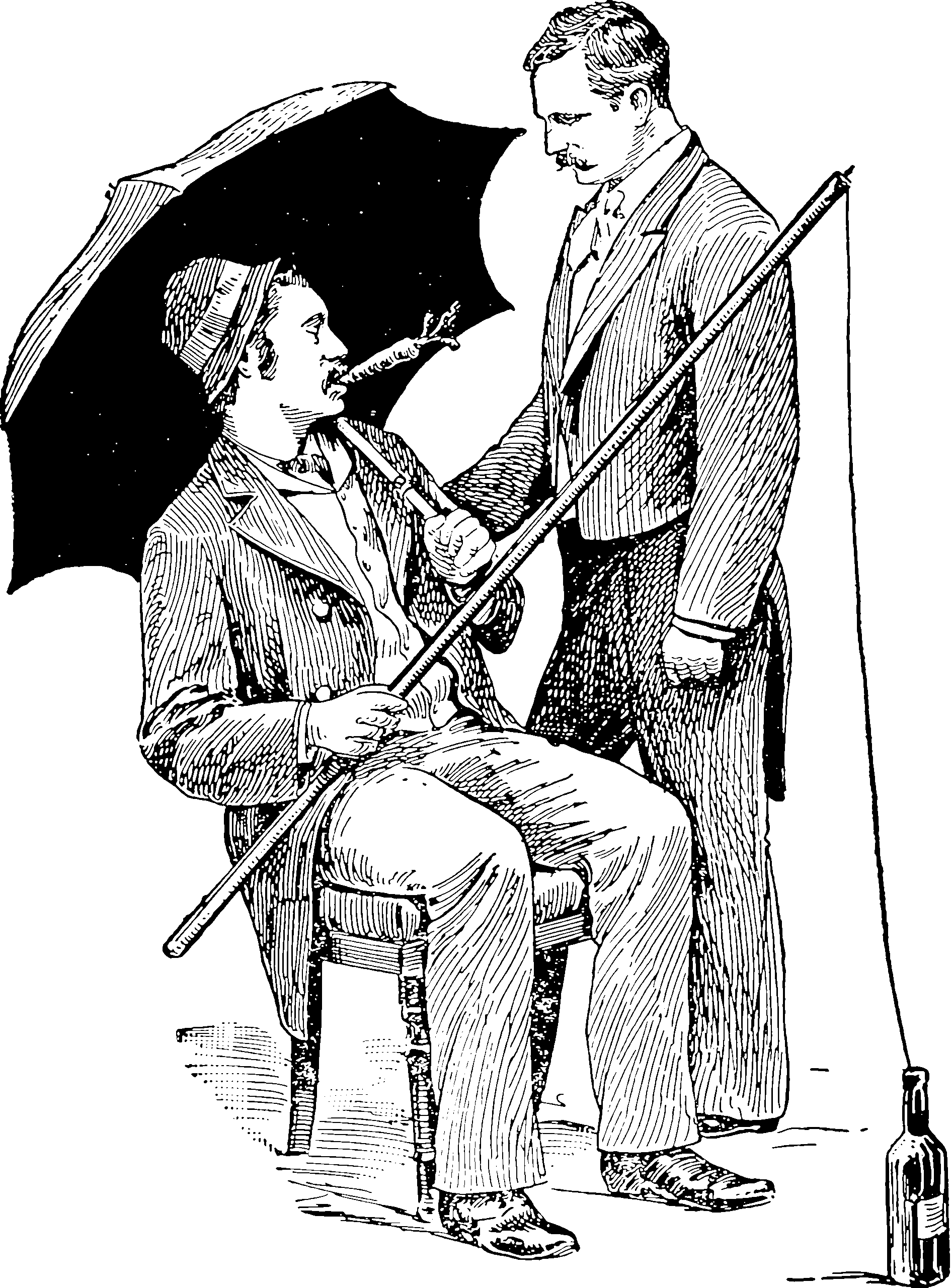External validity
When does what I learn on one data set apply to another?
2020-10-16 — 2023-02-15
Wherein external validity is examined as the transferability of learned models, and it is noted that feedback from deployed algorithms, as in traffic routing, is capable of altering the environment in which they are applied.
For me, it seems natural to consider learning well-factored causal graphical models containing the necessary interaction effects as the platonic ideal here, and everything else is just an approximation to that.
Although maybe I should be thinking about feedback effects also — if everyone uses my algorithms, does this change the environment in which my algorithm is operating? For example, traffic routing algorithms clearly do.
The reason this is a hot topic in neural nets, I suspect, is that it is convenient for massive, low-human-effort neural networks to ignore graphical structure to get predictively good results from regressions in observational data by ignoring that structure, and this leads us into strife when the situation changes. In the IRM section, there is a spicy take by Ermin Orhan that reframes this to say: The problem is you if you don’t have so much data that you can integrate out all such difficulties.
To recover the causal consistency in a black-box model is even more tedious than in a classical one. Also, it fits the social conventions of neural network research to reinvent methods to fix such problems without reference to previous conventions, for better and worse.
One thing that the machine learning setup gives us is an additional emphasis: external validity, the statistical framing, would ask you whether the model you have learned is still useful on new data. The transfer learning setup invites us to consider if we can transfer some of the computational effort from learning on one data set to learning on a new dataset, and if so, how much. Maybe that is a useful insight?
This connects also to semi-supervised learning and fairness, argues (Schölkopf et al. 2012; Schölkopf 2022).
Possibly the same underlying idea, we could argue that interaction effects are probably what we want to learn.
1 Standard graphical models
We can just try some basic graphical model technology and see how far we get. If the right independences are enforced, presumably we are doing something not too far from learning a transferable model? Or, if we work out that the necessary parameters are not identifiable, then we discover that we cannot, in fact, learn a transferable model, right? (But maybe we can learn a somewhat transferable model?) I guess the key weakness is that graphical models will miss some types of transferability, specifically, independences that are dependent on particular values of the nodes, so this might be less powerful.
2 External validity in policy
See also anthropic principles, science for policy.
I have lots of ideas about policy for the world, and I think that some of the ideas are good because of some mix of scientific research and personal experience.1 So let us suppose that I am broadly sympathetic to some policy instrument (state ownership of power utilities? diversity quotas in hiring? etc.) because I have seen them work in the past. The question is, how universally should I be in favour of that policy? How do I find out what are the circumstances that make these policy instruments achieve my desired outcomes? A recent example from a workplace I was in: Presumably, a diversity quota requiring a certain percentage of the workforce to be, say, women, would be pointless in a society with perfect gender equality, and ineffectual in a society that has failed to train any women at all with the required skills. Most societies will not be at either of those extremes, but what is the range of gender inequity where the hiring quotas would be a useful policy intervention? What other predictors will change their effectiveness? This policy is not a good idea in and of itself but rather in a particular context. Burying that essential context is common in debates observationally.
Rather than universal policy prescriptions, it is worth wondering what specificity policies have and constantly checking if they apply here.
3 Learning under covariate shift
See Covariate shift.
4 Incoming
5 References
Footnotes
Although I realistically copied some ideas from my acquaintances, but maybe even those ideas have the same sort of empirical basis. Let us optimistically assume so for now 🤞.↩︎
